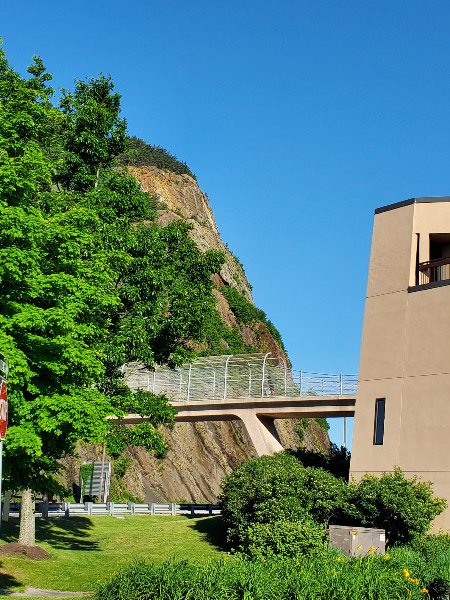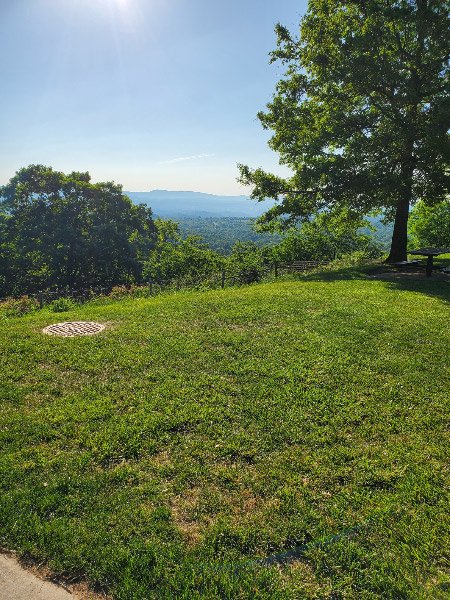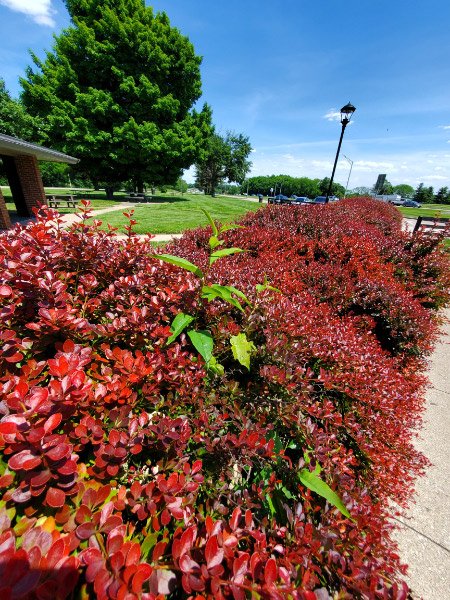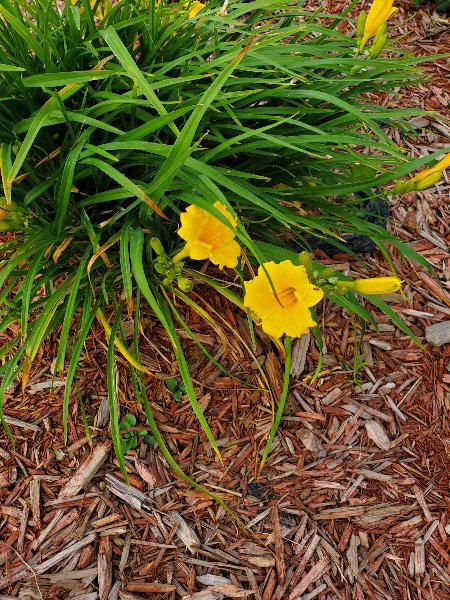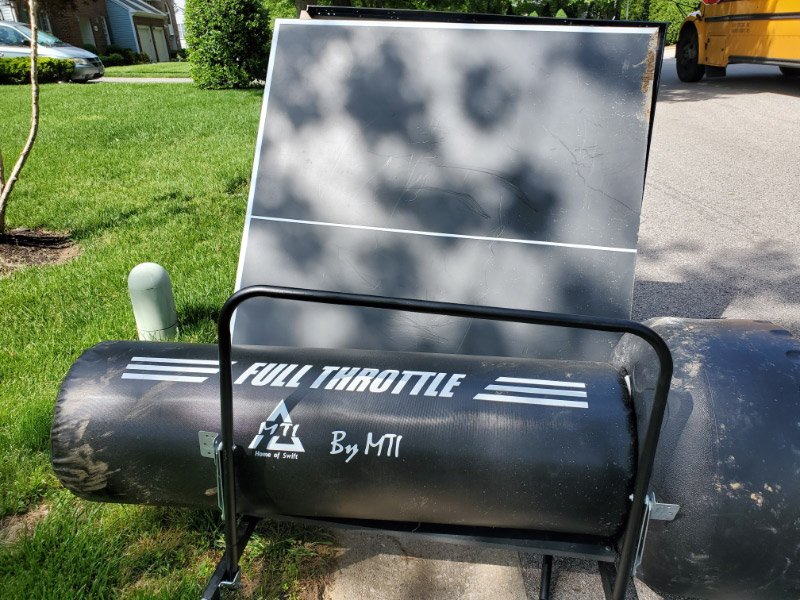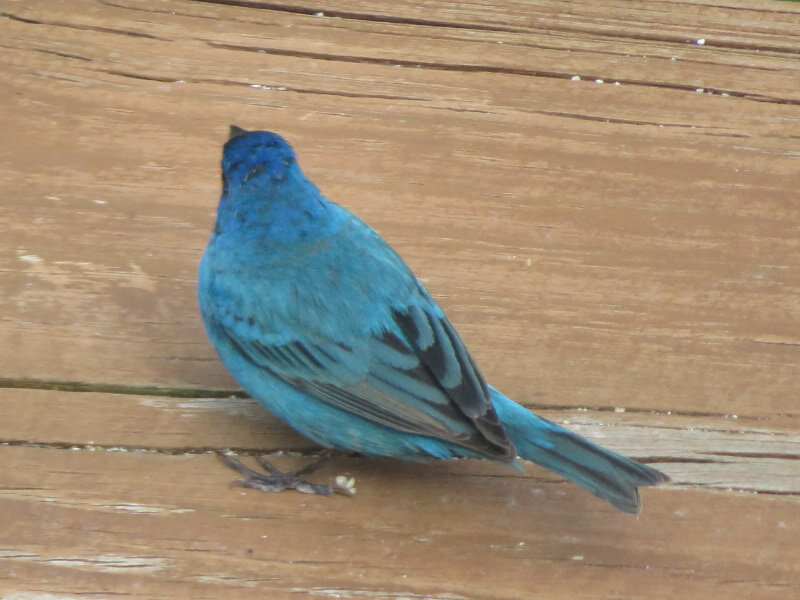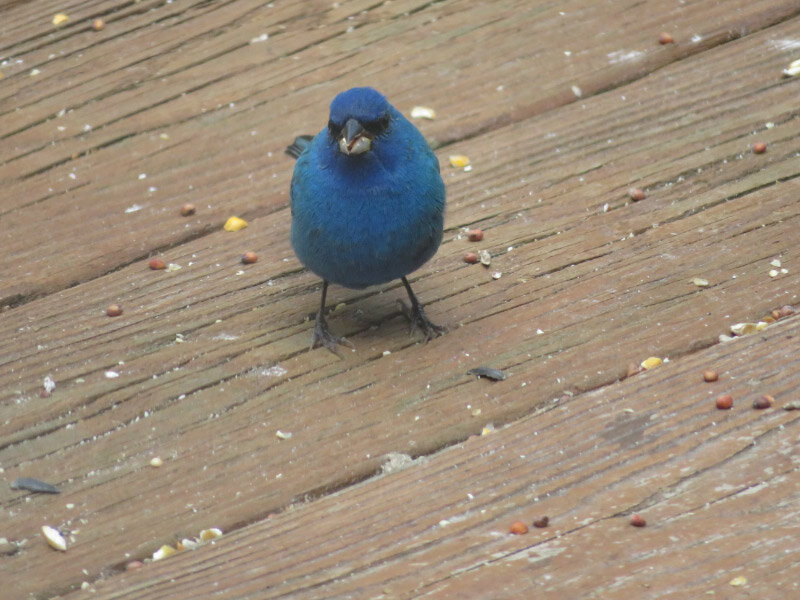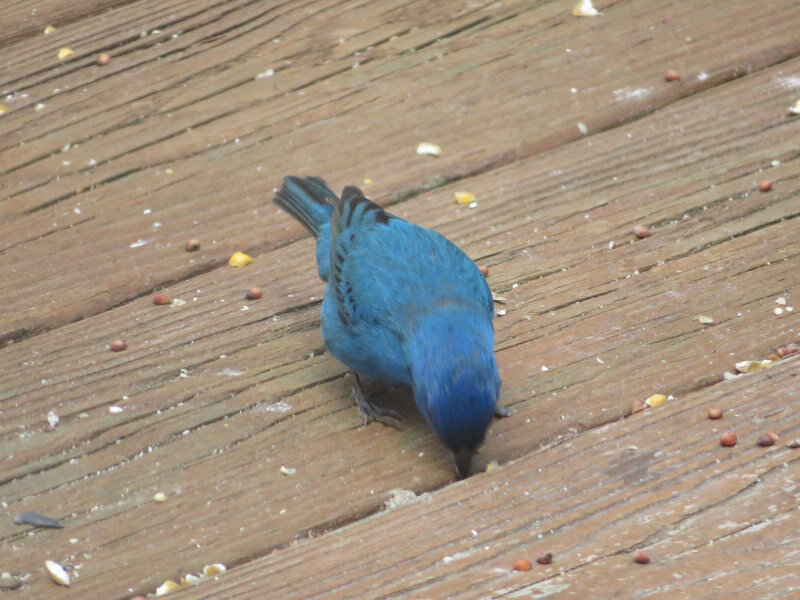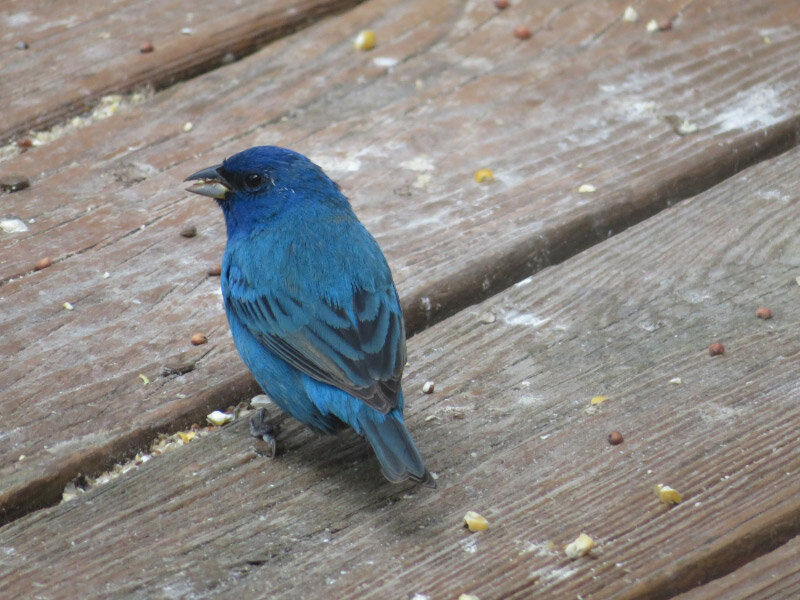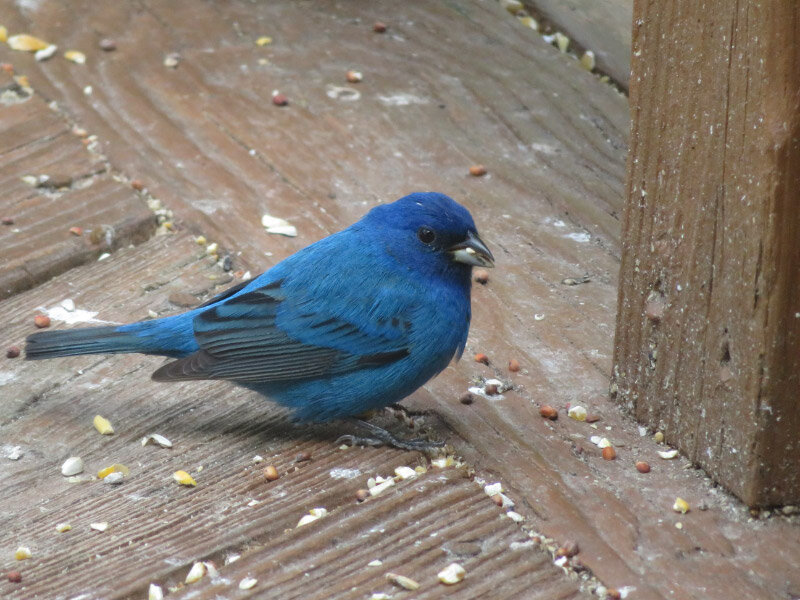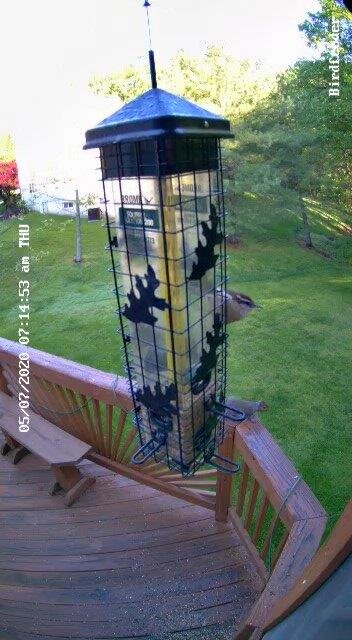Gleanings of the Week Ending December 9, 2023
/The items below were ‘the cream’ of the articles and websites I found this past week. Click on the light green text to look at the article.
Restored Glass Negatives Capture Daily Life in 19th-Century New England – Photographs taken from the 1860s to 1930s….Massachusetts…different photographers.
As Temperatures Rise, Dengue Fever Spreads and Cases Rise – The mosquitos that carry dengue viruses are extending their range. There were 0.5 million cases in 2000…5.2 million in 2019. In recent years, dengue has popped up in places it had never been seen, including Afghanistan, parts of Southern Europe, and, this year, Chad. An additional 2 billion people would be at risk of dengue exposure by 2080, compared to 2015. Areas unfamiliar with dengue may be hard hit even if case numbers aren’t high as people won’t have immunity from previous exposure to the virus, and public health systems may not be strong enough to cope with dengue outbreaks.
The World’s Largest Iceberg Is Drifting Three Miles Into the Ocean Each Day - The world’s largest iceberg, which had been grounded on the seafloor since the mid-1980s, is moving away from Antarctica and picking up speed. It could disrupt the foraging of seals, penguins and other seabirds. Called A23a, the iceberg measures around 1,500 square miles—more than 20 times the size of Washington, D.C.—and it’s roughly 1,300 feet thick, making it two and one-third times the height of the Washington Monument. It weighs nearly one trillion metric tons.
Landscape Photography Awards Rewards Authenticity in Photography – My favorite was “Little Leaves”….maybe because it didn’t have time to see a lot with fall foliage this year.
Expansive Alexander Calder Exhibition Opens in Seattle – Take a look at the museum’s site for the exhibit at well.
Bird Photography Contest Celebrates the Unique Diversity of Australia’s Wildlife - Nine winners were singled out for their work, rising above more than 6,000 images that were submitted. My favorite of this group is “Jambalaya on the Bayou.”
Volcano Monitoring Can Be A Risky Business: How Scientists Work Safely - Common PPE used in the field by HVO staff include respirators to filter volcanic gases, gas badges to monitor sulfur dioxide (SO2) concentrations, along with helmets and eye protection. When molten lava sampling, crews will carry a face shield, fire-resistant clothing, and gloves to protect the wearer from radiating heat.
Best of 2023: Top 42 Photographs From Around the World – I have two favorites in this group of photos: the bald eagles and the dancing mantises!
African Penguins Tell Each Other Apart by Their Polka Dot Patterns – Evidently the chest plumage is unique to each bird….and the birds recognize the dots of their partners!
Photographer Chronicles the Enchanting Life of a Wild Red Fox for 8 Months – A Hungarian photographer’s project at his cottage in the forest after he noticed a fox running under the window one night.






